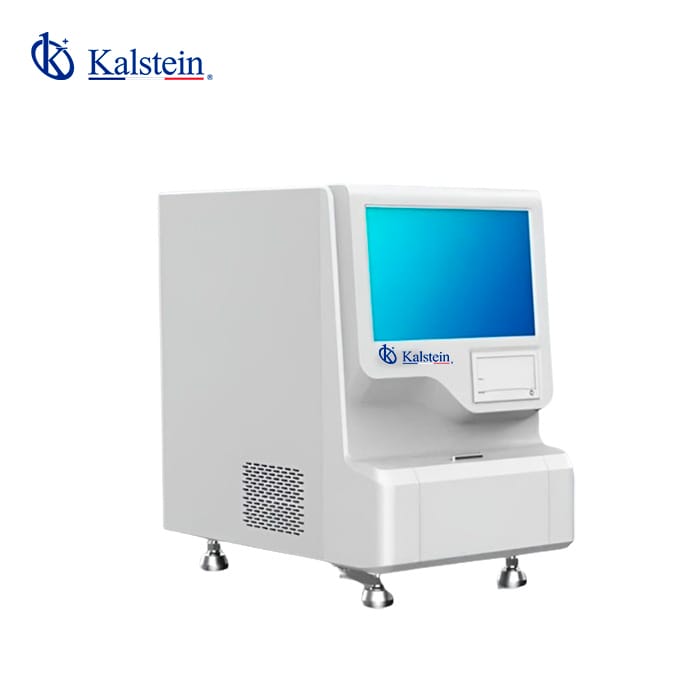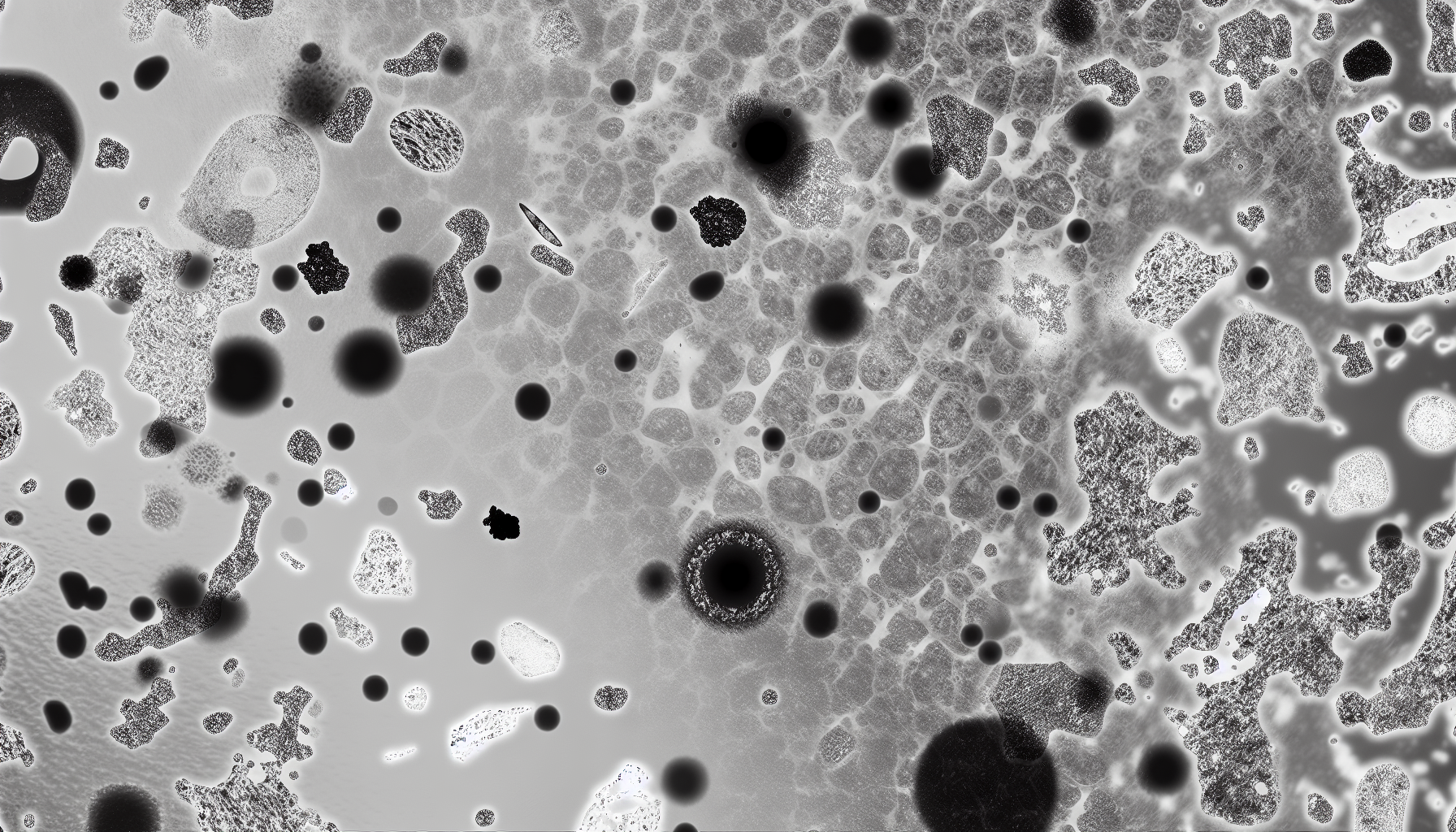In the dynamic world of laboratory diagnostics, choosing the right chemiluminescent immunoassay analyzer can make a significant difference in the efficiency and reliability of results. Two prominent players in the market are the Full-Automatic Chemiluminescent Immunoassay Analyzer YR06387 from Kalstein and the Alinity i System from Abbott. Both are designed to streamline laboratory operations and deliver high-quality results with speed and precision.
The Full-Automatic Chemiluminescent Immunoassay Analyzer YR06387 by Kalstein stands out for its advanced technical specifications and user-friendly design. Known for its integration of cutting-edge technology, this analyzer offers seamless automation that considerably reduces manual intervention, thus minimizing errors and maximizing productivity. On the other hand, the Alinity i System by Abbott is recognized for its robust performance and versatility, focusing on a broad spectrum of assay capabilities. It integrates well into various laboratory workflows but is often noted for requiring a more intricate setup.
| Feature | Kalstein YR06387 | Abbott Alinity i |
|---|---|---|
| Automation Level | Full Automation | Partial Automation |
| User Interface | User-Friendly Touchscreen | Advanced but Complex Interface |
| Assay Range | Extensive | Very Extensive |
| Maintenance | Low Maintenance | Medium Maintenance |
| Dimension | Compact and Lightweight | Bulky |
How They Work
The Full-Automatic Chemiluminescent Immunoassay Analyzer YR06387 utilizes advanced chemiluminescence technology to detect subtle biochemical markers. This system employs a full automation process, allowing for hands-free operation and rapid throughput of samples, hence significantly reducing intervention times and enhancing efficiency.
Conversely, the Alinity i System utilizes a slightly different approach with its chemiluminescence process, providing a wide array of assays that leverage Abbott’s proprietary technologies. While providing robust results, its setup does demand a deeper understanding of its comprehensive interface to fully harness its capabilities.
Purpose
Both analyzers serve the crucial purpose of performing chemiluminescent immunoassays to detect biomarkers with high sensitivity and specificity. The YR06387 is perfect for labs looking for a straightforward, yet effective analyzer that minimizes manual operation, making it ideal for high-throughput labs. The Alinity i, with its wide assay compatibility, is suitable for labs that require a diverse range of testing options, although it might require more interaction and setup time.
Types
The distinction primarily lies in the degree of automation and versatility of assay types. Kalstein’s offering mainly focuses on achieving top-tier automation for streamlined processes, while Abbott’s solution provides diversity and adaptability in its assay portfolio for comprehensive testing needs.
Market Pricing
The price range for high-end chemiluminescent immunoassay analyzers varies significantly based on features and capabilities. The Kalstein YR06387 is competitively priced in the market, offering great value for the automation it provides. In contrast, the Alinity i, being from a well-known brand with significant test versatility, often comes at a premium.
Frequently Asked Questions
What is the calibration process for these analyzers?
The Kalstein YR06387 features a simplified calibration process that can be performed automatically, ensuring accuracy with minimal effort. The Alinity i also supports automated calibration, but the procedure may be more complex due to the system’s detailed setup requirements.
How frequent is the maintenance?
The YR06387 requires minimal maintenance due to its robust design, which ensures long-term reliability. Meanwhile, the Alinity i needs moderate maintenance, primarily to accommodate its higher assay complexity.
Are consumables readily available?
For both systems, consumables are readily available, though specific options and pricing may vary depending on the region and supplier.
Advantages and Disadvantages
The primary advantage of the Kalstein YR06387 is its ease of use and full automation, drastically reducing hands-on time for users and enhancing laboratory efficiency. Its compact design adds to its appeal for laboratories with space constraints. The key disadvantage, although minimal, might be the limited assay versatility compared to the Alinity i.
The Alinity i System, while offering broader assay compatibility, may require more skilled personnel to manage its operations, which might be seen as a disadvantage in labs looking for simplicity and reduced training time.
Product Use in the Field
In practical settings, the YR06387 is favored for its straightforward operation and quick turnaround time, providing reliable results with less oversight. This is particularly advantageous in high-volume labs that demand rapid processing without sacrificing accuracy. The Alinity i has its strengths in research and specialized labs, where its broad assay capabilities are more efficiently utilized.
Recommendations
For optimal performance, it is recommended to keep the YR06387 in well-ventilated areas, ensuring its maintenance schedules are adhered to, even though they are minimal. Regularly updating its software guarantees that the device operates with the latest enhancements. As for the Alinity i System, detailed training is advised for staff to ensure the system’s full potential can be realized.
If you are looking for a fusion of innovation and quality, you have arrived at the right place. At Kalstein, we offer you the luxury of exploring our exclusive catalog of laboratory equipment. We manufacture each piece of equipment with a level of excellence. Our intuitive and agile online purchase channels are designed for your convenience, ensuring the most friendly prices. Do not hesitate any longer; we bring science to life, and it’s time for you to join our community. https://kalstein.co.uk/product/full-automatic-chemiluminescent-immunoassay-analyzer-yr06387/




